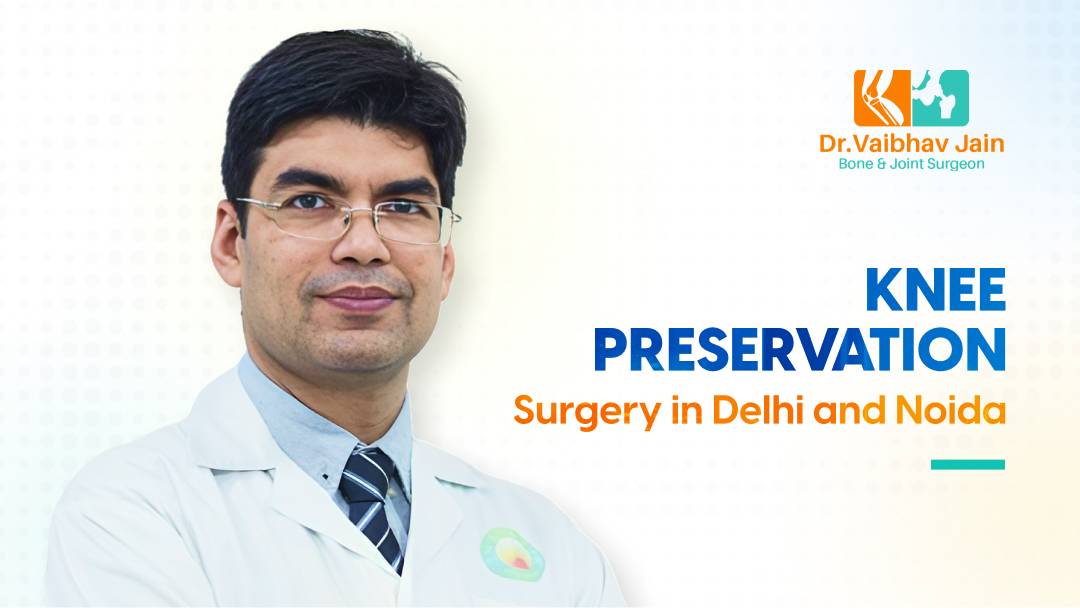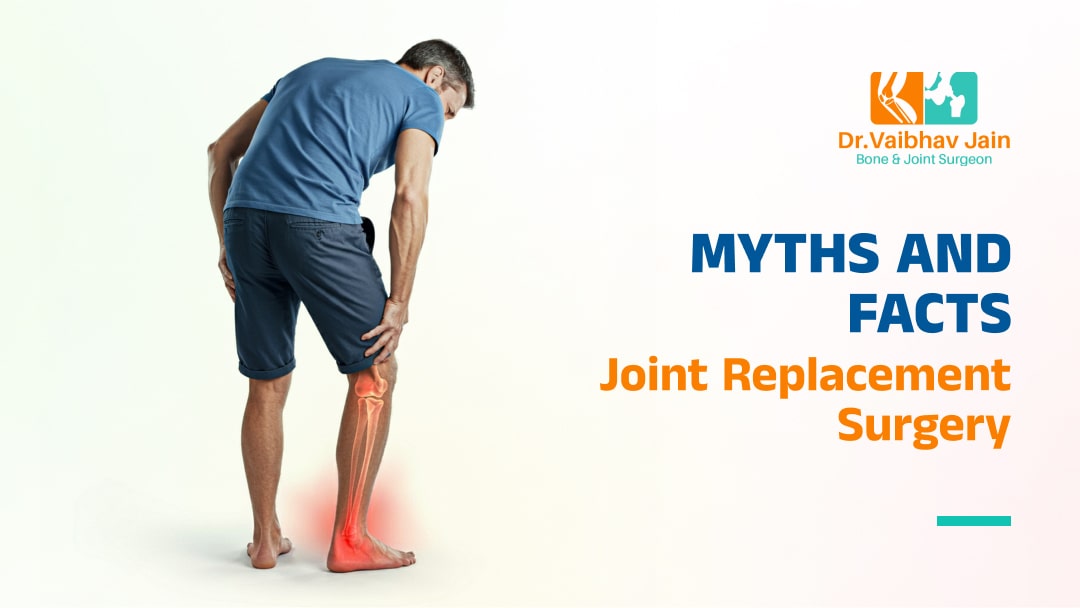Hey there! I know how tough dealing with knee pain can be, so I’m here to chat with you about something that could make a big difference: Knee preservation surgery in Delhi. Let’s dive into what it is, who it’s for, and how it could help you get back to moving comfortably!
What’s Knee Preservation Surgery?
It’s a special kind of surgery that helps keep your knees working smoothly. Instead of replacing your whole knee with fake parts like in knee replacement surgery, this one focuses on saving as much of your natural knee as possible. Pretty cool, right?

Understanding Knee Preservation Surgery
There are a few types of knee preservation surgery, each designed to fix different knee problems:
Osteotomy: This one’s about straightening out the bones around your knee to ease pressure and spread weight more evenly.
Meniscus Repair: Fixing up or trimming damaged bits of the meniscus, a cushiony part in your knee, to make it stronger and work better.
Cartilage Restoration: Using fancy techniques to heal damaged cartilage and grow healthy new tissue.
Remember, everyone’s knees are different, so the surgery you need might not be the same as someone else’s.
Signs You Might Need Knee Preservation Surgery
If you’re dealing with:
Injuries to the ligaments
Tears in the meniscus
Constant knee pain or wobbliness
Then it might be time to chat with a knee surgeon like Dr. Vaibhav Jain about your options.
Getting Ready for Surgery
Before your surgery day, you’ll chat with Dr. Vaibhav Jain about what to expect and whether this surgery is right for you. It’s also essential to get yourself mentally and physically prepared and follow any instructions they give you.
What Happens During Surgery?
You’ll snooze through the whole thing with anesthesia while Dr. Vaibhav Jain and their team work their magic. They’ll do what needs to be done to fix up your knee while leaving as much of it natural as possible.
Time to Heal and Get Stronger
After surgery, you’ll get special care to manage any pain and help your knee heal up nicely. This might include meds, exercises, and gentle physical therapy to build back your knee strength.
The Good Stuff: Benefits of Knee Preservation Surgery
You’ll move better and feel less pain.
Your life will get back to normal faster.
Things will just feel easier and more comfortable.
Most people who get this surgery find that their knees feel loads better afterward.
Hearing From Real People
It’s always nice to hear from folks who’ve been through it. They’ll share their stories, show you their before-and-after pics, and give you the scoop on what life’s like after knee preservation surgery.
Tips to Keep Your Knees Happy
Even after surgery, it’s essential to keep your knees in good shape. That means:
Keeping a healthy weight
Doing gentle exercises to keep your knees strong
Wearing comfy shoes
Being careful with how you move
Wrapping Up: Take Charge of Your Knee Health!
Knee preservation surgery could be just what you need to get back to doing the stuff you love without knee pain. If you’re ready to learn more, chat with Dr. Vaibhav Jain about your options. And remember, we’re here to cheer you on every step of the way!
Call to Action
Ready to take control of your knee health? Schedule a consultation with Dr. Vaibhav Jain today to learn more about Knee preservation surgery in Delhi and Noida and how it can help you live your best life. Follow us on social media for more knee health tips and resources, and don’t hesitate to reach out if you have any questions or concerns. Your journey to pain-free knees starts here!
Frequently Asked Questions
Knee Preservation Surgery is a type of procedure aimed at maintaining the function and integrity of the knee joint while treating conditions such as cartilage damage, ligament injuries, and early-stage arthritis. Unlike knee replacement surgery, which involves replacing the damaged joint with an artificial one, knee preservation surgery focuses on repairing and preserving the natural structures of the knee to restore mobility and alleviate pain.
Choosing Knee Preservation Surgery offers several advantages, including the preservation of natural knee anatomy, potential for improved long-term outcomes, shorter recovery time compared to knee replacement surgery, and the ability to delay or avoid the need for more invasive procedures in the future. Additionally, Knee Preservation Surgery may be suitable for younger patients who wish to maintain an active lifestyle and delay joint replacement surgery.
Knee Preservation Surgery encompasses various techniques tailored to address specific knee issues. These may include arthroscopic procedures to repair damaged cartilage or ligaments, osteotomy to realign the bones around the knee joint, or cartilage restoration techniques to stimulate the growth of new cartilage tissue. The goal is to stabilize the knee, alleviate pain, and improve function while preserving the natural joint structures.
Knee Preservation Surgery is typically performed by orthopedic surgeons Dr. Vaibhav Jain is specializing in knee surgery or sports medicine. These highly trained surgeons have expertise in diagnosing knee conditions, recommending appropriate treatment options, and performing surgical interventions to preserve knee function. It’s essential to choose a surgeon with experience and a proven track record in knee preservation techniques.
Knee Preservation Surgery aims to alleviate pain and improve knee function by addressing underlying issues such as cartilage damage, ligament injuries, or misalignment. While individual results may vary, many patients experience significant pain relief and improved mobility following Knee Preservation Surgery. However, it’s essential to discuss realistic expectations and potential outcomes with your surgeon before undergoing the procedure.
The recovery time after Knee Preservation Surgery varies depending on the specific procedure performed, the severity of the knee condition, and individual factors such as age and overall health. In general, patients can expect a rehabilitation period lasting several weeks to months, during which they will undergo physical therapy, gradually increase activity levels, and follow postoperative care instructions provided by their surgeon.






